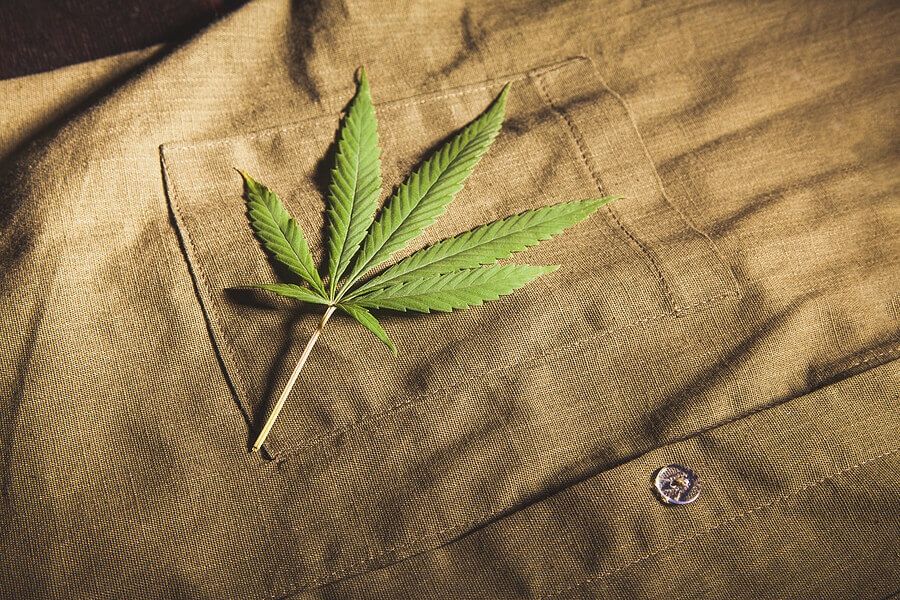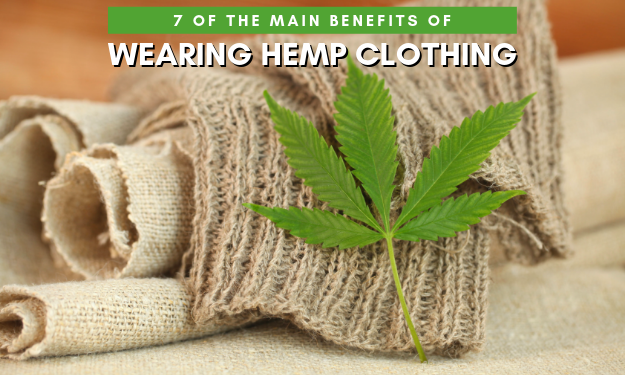Handy News To Selecting Bamboo Clothes
Wiki Article
What Are Some Benefits That Low Impact Fibres Hemp Clothing Offers For The Environment.
The hemp clothing made from low-impact is more sustainable than clothes made from synthetic fibers. Hemp clothing offers several environmental advantages. It is a fast-growing crop that uses lesser water, pesticides or herbicides than other crops. Hemp grows well in a wide range of conditions and soil types. It also reduces the need of chemical pesticides in agriculture.
Hemp is known to require less water than cotton. Cotton however is famous for its high water consumption. Hemp clothing is efficient in terms of water use because of this.
Hemp can be grown without herbicides or pesticides. In a lot of cases, this reduces the impact on the environment of chemical farming.
Soil Health- Hemp cultivation can boost soil health due to its deep root system, which helps prevent compaction and erosion of soil. This can also make the soil fertile for future plantations.
Biodegradability Hemp fibers break down naturally and can be biodegraded over time. Contrastingly, synthetic fibers such as polyester can decompose over hundreds of years.
Lower Carbon Footprint: Hemp fibers are produced with lower carbon footprint that synthetic materials. Hemp is also a carbon sink since it absorbs CO2 from the atmosphere as it is expanding.
Hemp clothing's durability and long-lasting are well-known. The best hemp clothing can last several years. This means you won't need to replace them often and will reduce the amount of the amount of waste.
Hemp plants naturally resist numerous insects. They don't require chemical pest control.
Hemp is a versatile fabric, since it is used in a myriad of textiles, such as bags, clothes and accessories. It's a sustainable and trendy textile.
Regenerative Agriculture. Some sustainable farming systems integrate hemp into regenerative farming systems which seek to in restoring and improving ecosystems while growing crops. This approach is beneficial for the environment.
While hemp offers many environmental benefits, its sustainability is also affected by other aspects, such as the transport, dyeing process and consumer behaviour. As with any industry there are variations in the standards and practices used for production. It is essential to select organic, sustainable or certified organic clothing to get the best environmental benefits. Have a look at the top rated hemp clothes for website tips including hemp cotton fabric, hoodlamb jacket, patagonia volley shorts, hemp shorts mens, hemp mens jeans, hemp textiles, hemp long sleeve shirt, hemp polo shirts, hemp and cotton fabric, hemp shorts and more.

What Are The Practical And Technical Benefits Of Hemp Clothing Over Traditional Fibres?
Hemp clothing has several advantages with regard to function and technological advancement over traditional fabrics, aswell as being more environmentally friendly. Here are some ways hemp clothing is an eco-friendly, high-performance alternative.
Hemp fibers draw moisture away from your body, keeping your body cool and dry during hot temperatures. They assist in wicking away moisture from your body, which can keep you cool and dry in hot weather, and decrease the chance of bacterial growth and odors.
Temperature Regulation
Hemp clothing exhibits excellent thermoregulating properties. It is able to keep you warm in cold temperatures by capturing body heat close and help to keep cool in hot temperatures when moisture and heat can go away. This natural regulation of temperature will reduce the need to change your clothes frequently.
Durability-
Hemp fibers can be durable. Hemp clothing is known to be more durable and durable than other traditional fibers like cotton. This durability means that hemp clothes last longer, which reduces the need for replacements, and consequently, environmental impact.
UV Protection
Hemp fibers are a natural UV protector, protecting the skin from damaging UV radiation. This is especially beneficial when you are outdoors.
Biodegradability:
Hemp clothing is biodegradable, which means it will break down naturally over time when disposed of. This feature helps in reducing the impact on the environment of textile waste. Synthetic fibers can be buried for lengthy periods.
Low environmental impact-
Hemp cultivation requires less synthetic pesticides as compared to cotton. Hemp also uses less water which makes it a green option. The eco-friendly qualities are boosted by hemp cultivation that is organic.
Carbon Sequestration-
Hemp plants can capture carbon dioxide from the atmosphere in the course of their growth. Hemp cultivation is a carbon dioxide sink which reduces greenhouse gas emissions.
Sustainable Crop Rotation
Hemp can be incorporated into crop rotation systems, improving overall soil health and reducing the chance of soil loss and buildup of diseases. This method of farming that is sustainable can contribute to the eco-friendly aspects of hemp.
Versatility:
Combining hemp fibers with other natural materials like organic cotton and recycled polyester can create eco-friendly, high-performance fabric blends. This flexibility allows for the development of innovative textile products.
Low Toxicity
Hemp fibres are not high in toxicity by nature, and they don't need chemical treatment. They help reduce the environmental impact associated with production of textiles.
It is important to keep in mind that while hemp does have many eco-friendly, functional advantages, its overall sustainability also is dependent on other factors like the process of dyeing, transportation, and ethical work practices. Consumers who want to be environmentally conscious must choose brands of clothing which use hemp or other sustainable fibres and place a high value on transparency and ethical manufacturing practices. See the recommended hemp clothing for website info including hoodlamb jacket, hemp clothing near me, nomad hemp clothing, hemp sportswear, hemp clothing near me, hemp golf shirts, hemp shirts mens, mens hemp clothing, hemp jeans, hemp hoodie and more.

What's the main difference between hemp fibre and bamboo fiber?
Both bamboo and hemp fibers are plant-based fibres that are used to create textiles. Each has its own unique properties and characteristics. These are the main distinctions between hemp and bamboo fibers. Plant Source-
Hemp- Hemp fibres are formed from the outer layer of the stalks. Hemp has been used to serve a variety of purposes throughout the years. Hemp is a rapid-growing and adaptable plant.
Bamboo fibers are made out of the pulp made by the bamboo plant. Bamboo is grass that grows rapidly and is renowned for its durability.
2. Fiber Characteristics
Hemp- Hemp fibres are known to be strong and durable. They are among the strongest natural fibres, and soften with every washing. They are suitable for fabrics that last.
Bamboo- Bamboo fibres are silky soft with a silky smooth texture. Although they aren't as sturdy as hemp fibers, and are more delicate in certain instances but their softness to the skin is greatly valued.
3. Texture & Feel
Hemp Fabric- Hemp is a material that has a texture and more coarse feel in its original state. It can be comfy, but it has a different texture compared to bamboo.
Bamboo is soft and silky smooth. The fabric is described as having a silky silky, and cottony texture. It's extremely comfortable.
4. Dryness and Breathability-
Hemp Fibers- Hemp fibers absorb moisture, are naturally and breathable. These can keep you cool during hot weather.
Bamboo fibers also have the ability to absorb moisture and are highly air-tight. They have micro-gaps that enhance their capacity to regulate moisture and temperature, which keeps you at ease in all conditions.
5. Environmental Impact-
Hemp Hemp is an environmentally friendly fiber because due to its rapid growth rate, its low water needs, and resistance against insects. These factors make it less necessary to use pesticides or herbicides. Hemp can also absorb carbon dioxide from the atmosphere as it grows.
Bamboo is considered to be an environmentally friendly material. It is fast-growing and requires minimal water and is able to be grown without pesticides or herbicides. Moso is among the bamboo varieties that is most sustainable.
6. Processing-
Hemp Fibers Hemp fibers are subject to extensive processing, which is required to separate out the outer bast from the wooden core. The process can involve retting and decortication, as well as mechanical separation.
Bamboo fibres usually obtained by a chemical procedure called the rayon or viscose process. This involves the use of chemicals to break down the bamboo fiber. Closed-loop systems can be used to reduce chemical waste in some bamboo textiles.
7. Versatility-
Hemp- Hemp can be used to create a range of items, such as clothes as well as textiles, paper and other building materials.
Bamboo- Bamboo is primarily used in the production of clothes and textiles. However, it could be used in other products like bed linen and towels.
Both bamboo and hemp are distinct and offer benefits for sustainability. It is dependent on the qualities you're looking for in a material and how eco-conscious you are. Follow the most popular more hints on bamboo clothes for blog advice including bamboo sun hoody, bamboo shorts mens, bamboo womens shirts, bamboo childrens clothing, bamboo polo shirts, onno bamboo shirts, bamboo fibre clothing, clothes made from bamboo fiber, bamboo jeans ross, freefly summer hoodies and more.
